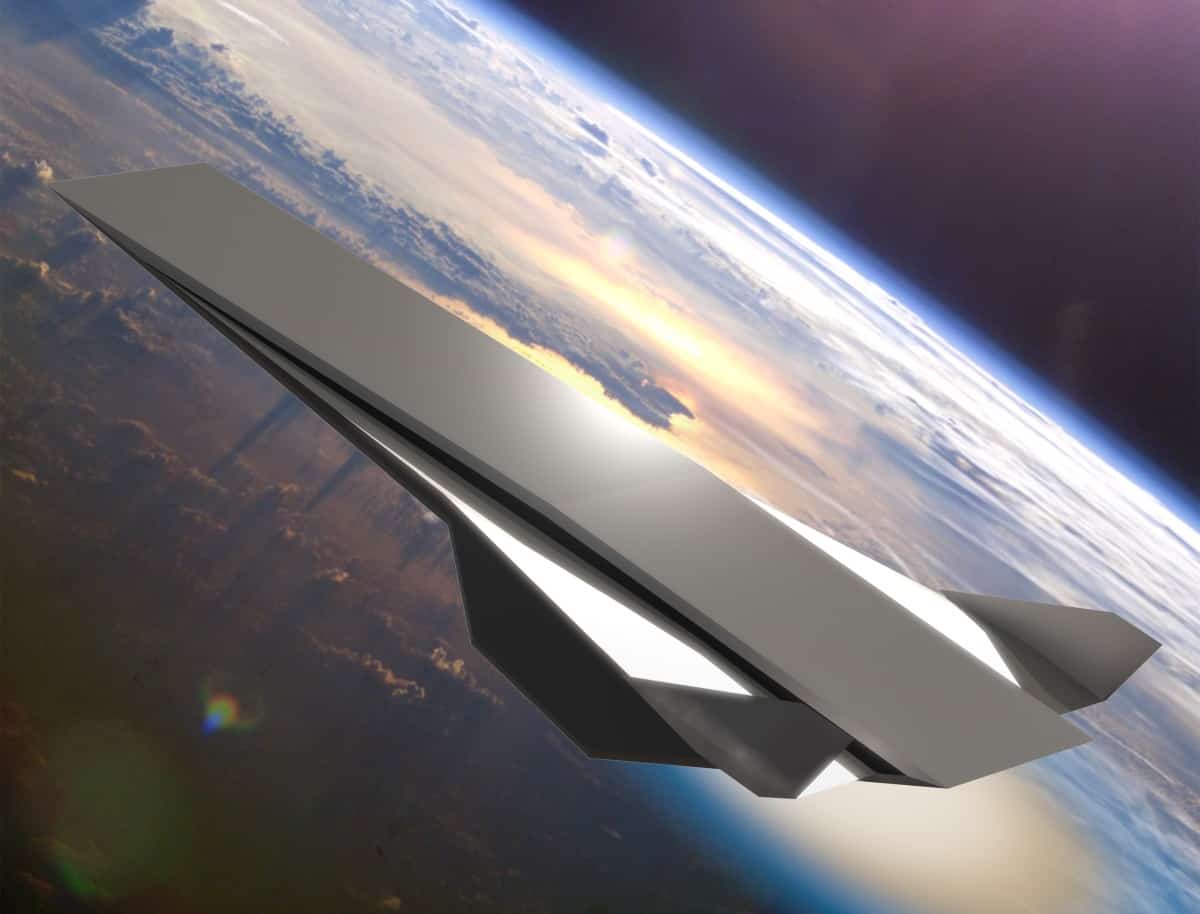I saw some interesting research news over the weekend that brought me back to thinking about these objects such as the one in the Nimitz encounter. This one is quite interesting as researchers have devised a method of harnessing the force of a detonation that could propel an aircraft up to 17 times the speed of sound:
Detonation-based engines could play an important role in future space exploration and extremely high-speed intercontinental travel
physicsworld.com
What's interesting about this is that speeds we're observing from UAP no longer seem all that unattainable to us. 17 times the speed of sound would be about right. Something else I've often pondered is how far ahead of academic research is the US military? We read about a lot of really fanciful sounding experiments from the academics, but if it's something the military has looked into they could have done their experiments 10 years ago.
Meanwhile, China is building a hypersonic wind tunnel said to put them decades ahead of the rest of the world in hypersonic technology..... (wtf...):
Leading researcher reveals new facility capable of simulating flight at 30 times the speed of sound will be ready ‘soon’.

www.scmp.com
So there goes mach 30. How fast are these UAP moving again? They're talking about people being able to travel from one side of the globe to the other in under 2 hours at those speeds. I'm sure there's a lot more that will have to be resolved before hypersonic population transport becomes feasible, but the point is that we are knocking at the door, within the next 10 years, of aircraft moving at mach 17 to mach 30 speeds. Again, if we consider how much of the US defense research is totally classified, is it beyond the realm of possibility that those sob's were moving along at mach 15 speeds with UAV's in 2004?
Note that I'm not saying there's no alien visitors or completely unidentified objects. We've been seeing these objects since before WW2. I'm just highlighting recent academic research and pondering how far ahead the military would be with its more experimental craft.




